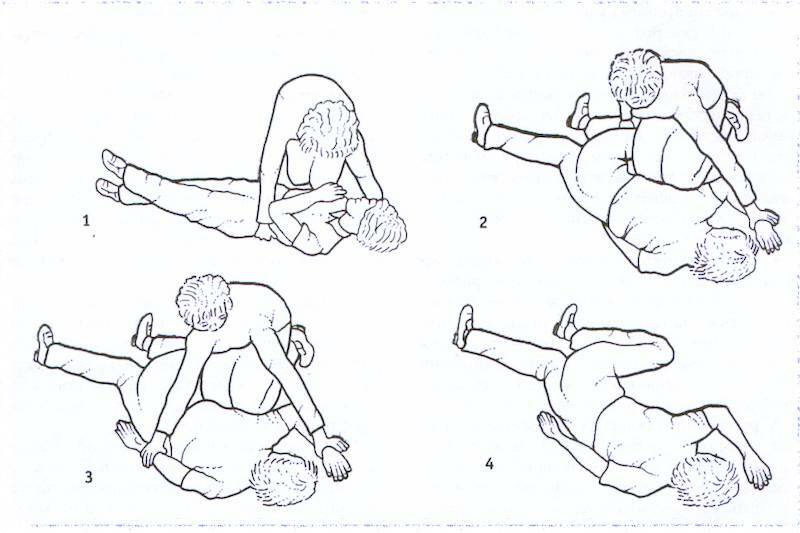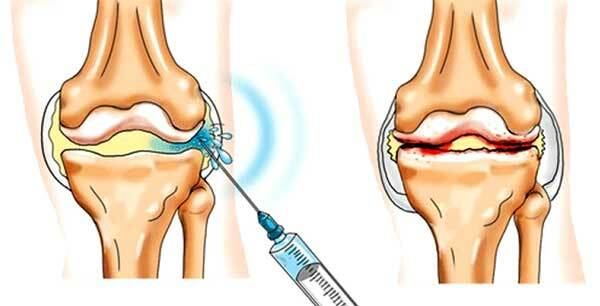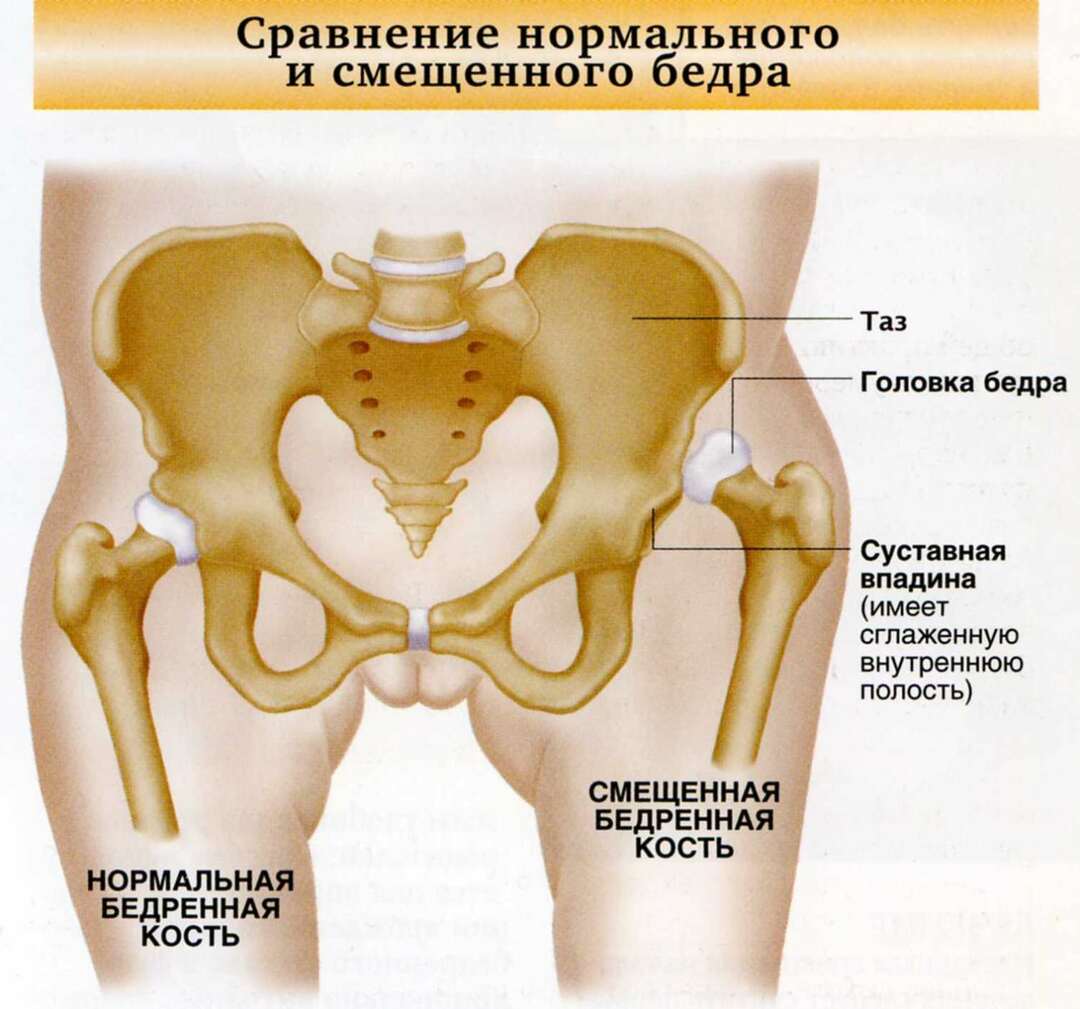Dislocation of foot: treatment and first aid
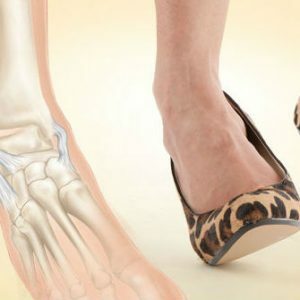
The legs, and in particular the feet are very prone to all kinds of injuries.One possible outcome of a trauma is a dislocation, when the bone is displaced in the joint.Dislocation of the foot is a generalized concept.By this term is meant the dislocation of any joint forming the foot.Very often dislocation is combined with damage to the ligaments and fracture of the bones.
Table of contents: Types of dislocation of the foot Symptoms of dislocation First aid TreatmentTypes of dislocation of the foot
The foot has a rather complex structure.It consists of twenty-six bones forming three divisions: tarsal, metatarsal and phalanx.The tarsus is represented by seven bones: talus, heel, cuboid, navicular, and three wedge-shaped.The bones of the tarsus articulate with the five bones of the metatarsus, and those in turn with the phalanges of the fingers.The phalanges are represented by fourteen bones that make up the segments of the toes.

There is a movable ankle joint in the place of attachment of the foot to the shin.It is formed by tibia, fibula, and also talus bones.
The following types of dislocation of the foot are distinguished:
- Dislocation in the ankle joint;
- Subtalar dislocation;
- Dislocation of bones of tarsus;
- Dislocation of bones of the metatarsus;
- Dislocation of fingers.
Symptoms of dislocation
The clinical picture of the dislocation of the foot depends on its location, damaged joints, concomitant injuries( fracture of the foot bones, ligament damage).
Dislocations of the lower leg are rare, their specific gravity in the structure of all dislocations is 1.5-2%.Full dislocation of the ankle joint is formed as a result of complete divergence of the articular surfaces.Such a trauma is accompanied by rupture of ligaments and fractures of the foot bones.
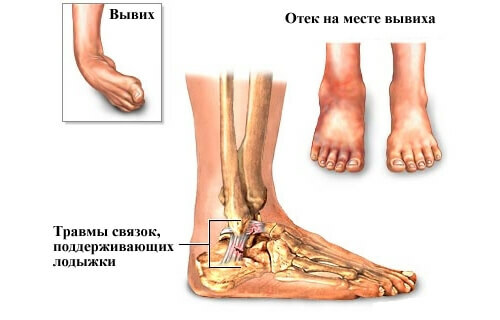
In traumatological practice, incomplete dislocations( subluxations) occur more often, when the joint surfaces are partially displaced, with the ligaments only tearing, not tearing completely.
There are such types of subluxations of the ankle:
- External dislocation - formed when the foot is turned to the outside;
- Internal dislocation - occurs when the foot is turned inwards;
- Posterior dislocation - occurs when the mechanical action on the front of the tibia, because of which the foot bends in the direction of the heel;
- Anterior dislocation - formed by mechanical action on the back of the tibia, which causes the joint to move forward;
- Upper dislocation - occurs when jumping from a height.
The first sign of a dislocation is the occurrence of severe pain.Soon the skin in the ankle joint area swells, bruising can occur.The foot in the ankle joint is deformed, but with incomplete dislocations the displacement is imperceptible.When completely dislocated, the foot can be turned in an unnatural position.To rise on the injured leg to the victim is not possible.
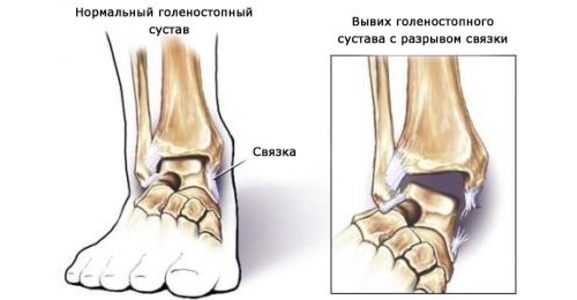
With a subtalar dislocation, traumatologists are very rare, it is formed as a result of a sharp podvarachivaniya foot.In the subtalar dislocation, the talon-navicular, as well as the talon-calcaneus joint, are affected.There is a shift of the talus bone.Dislocation is usually accompanied by rupture of ligaments, severe pain in the foot, its swelling and deformity.
With a sharp turn of the foot in the side, a dislocation of tarsi bones occurs.This dislocation of the foot is also accompanied by pain, swelling and deformity.Violated blood circulation in the forefoot, because of this in this part of the foot skin turns pale and becomes cold.
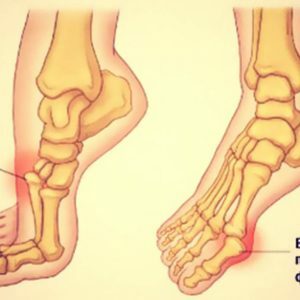 Dislocation of the bones of the metatarsal can be complete and incomplete.A complete dislocation is indicated when the articular surfaces of all metatarsal bones are displaced.When the articular surfaces of individual joint bones are displaced, they speak of an incomplete dislocation.Dislocations of the metatarsal are accompanied by the appearance of sharp pain, swelling.Visually injured foot may appear tapered or vice versa widened in the anterior section.
Dislocation of the bones of the metatarsal can be complete and incomplete.A complete dislocation is indicated when the articular surfaces of all metatarsal bones are displaced.When the articular surfaces of individual joint bones are displaced, they speak of an incomplete dislocation.Dislocations of the metatarsal are accompanied by the appearance of sharp pain, swelling.Visually injured foot may appear tapered or vice versa widened in the anterior section.
Dislocations of phalanges of fingers occur usually due to a direct impact on the metatarsal and phalanges.This dislocation is accompanied by traditional symptoms: pain, swelling, deformities of the foot.Injured finger looks shortened, swollen.
First aid for dislocated foot
 What should I do if such a discomfort as a dislocation of the foot does occur?First of all, the injured person needs to be seated.Next, you need to immobilize the joint and fix the foot.To do this, you need to impose a ladder tire or simulate it from improvised means: dostochki and fabrics.The foot should be in the same position, you can not move it and adjust it yourself, it can harm a person.
What should I do if such a discomfort as a dislocation of the foot does occur?First of all, the injured person needs to be seated.Next, you need to immobilize the joint and fix the foot.To do this, you need to impose a ladder tire or simulate it from improvised means: dostochki and fabrics.The foot should be in the same position, you can not move it and adjust it yourself, it can harm a person.
Cold can be applied to reduce pain to the damaged foot.It is recommended to clean the cold compress after ten minutes, then again half an hour later, attach it to the leg.In winter, do not remove the shoes from the victim, low air temperature will lead to a violation of the blood supply to the foot.
To eliminate pain, the patient can be given an anesthetic drug.The patient must be brought to the emergency room.
Treatment of dislocation of the foot
In a medical institution, the doctor conducts an examination and also directs the patient to radiography.The resulting images will allow more precise localization of the dislocation, as well as determine possible ligament rupture, fracture of bones.
Treatment of foot dislocations can be conservative and surgical.In the first case, the patient is given anesthesia and corrects the dislocation, placing the articular surfaces of the bones in their anatomical position.Then impose a gypsum langetic bandage.The doctor may also prescribe pain medication.
In case conservative treatment is not possible( multiple fractures, open fracture, blending of bone debris) resort to surgical methods.
At the end of the immobilization period, the patient is shown massage, exercise therapy and physiotherapy.
Grigorova Valeria, medical reviewer

